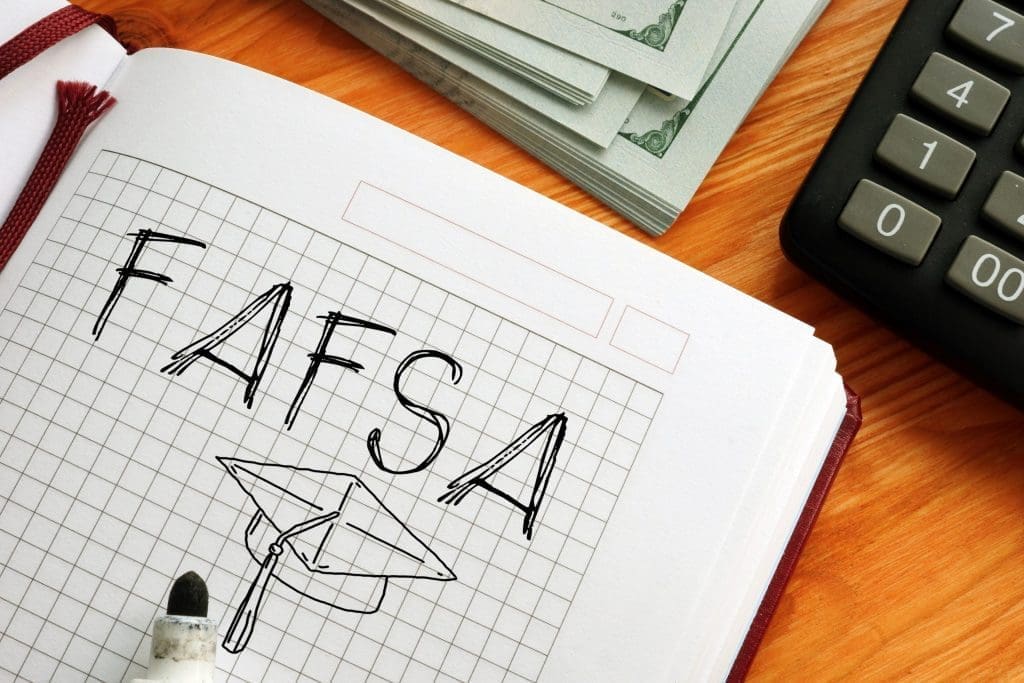The Free Application for Federal Student Aid, aka FAFSA, is a key document for college-bound students and their families. Due to difficulties rolling out the new FAFSA application for the unavoidably rocky 2023-2024 cycle, critics of this purported update to the financial aid system now wonder whether the changes will be worth it in the end. Here’s what you need to know.
FAFSA Fallout Causes Financial Stress on Families
The FAFSA is the primary system through which US students can apply for government support to pursue academic studies after high school. When the Department of Education announced impending changes to the system, many observers were initially excited by the prospect. The existing FAFSA portal has long been known for being arduous to complete, plaguing students and families with detailed tax form questions and endless verifications.
The promise of a simplified online application with fewer questions was and is still a noble goal. However, due to new delays, the DE announced last week that student financial aid offers may not be available to schools until late March. This news has shocked and dismayed parents, students, and counselors alike.

In response to the news, some universities have already announced a plan to postpone their Decision Day (usually May 1st) to June, or later, according to NACAC. Other colleges are opting to adopt the rolling admissions model this year to give prospective students a chance to compare tuition costs. Still, others are not announcing any planned delays in their enrollment timeline as of yet, banking on new developments still to come down the line. What are students supposed to do with all these changes?
What You Need to Know About the New FAFSA Delays
There are a few key points to know about how this financial aid tangle is beginning to unfold.
As with anything else, the delays affect different schools unequally. Students will feel the effects individually, of course, but institutions will fare differently depending on their overall student body and financial picture. For instance, some schools have more Pell Grant and federal aid recipients than others. Private schools can utilize the CSS profile while public schools cannot. Further, wealthier schools can float financial aid offers with their endowment until the government funds come through—while more cash-strapped campuses cannot do the same.
In response, while the Department of Education is pledging funds and resources to help ameliorate the opportunity gap between schools, the challenges are developing in real time. There is a widening difference between universities that are suffering under these delays and those seemingly unaffected by the changes.

Critics feel the offer from the DE is too little, too late to meaningfully alleviate the repercussions of this rough transition on students and families who are seriously suffering. When presented with these impossible decisions, the context behind each unique situation matters.
What’s Next for Prospective Students?
First and foremost, know that you are not alone. Many students are struggling to navigate the form this year, and overall submissions have dropped significantly. If you have questions, you’re not alone; but recognize that college admissions offices don’t have all the answers, either. We’re all figuring this out together.
Crucially, it seems that most schools will likely extend some grace period to students on a case-by-case basis—even if the official policy has not been announced. If these changes are negatively impacting your ability to pursue your dreams, get in contact with a mentor who can help you appeal your situation, and be sure to communicate what information you have.
Most of all, don’t give up. While these snags may seem detrimental, remember that there are experts out there who want to see you succeed. Don’t give up on your dreams!


